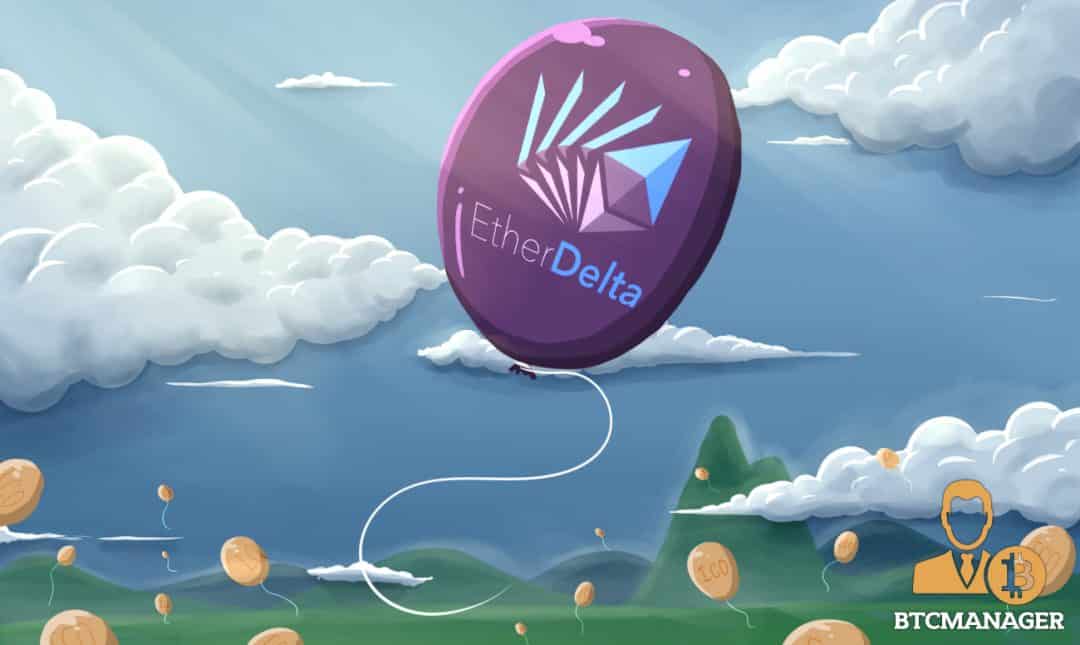Until now we have lacked a technology that could well capture the processes of science in a way that preserves every step, and creates a full audit trail such that nearly complete transparency is maintained.
Combining wiki technologies and blockchain provides us with a new opportunity: to create a “science machine” that folds all processes together, from instrument to publication, and enabling science to proceed as never before with greater transparency, accountability, and reproducibility. Here, I discuss the theory and method that might be combined to create such a science machine with special reference to the nature of genomic science.
Scientific Institutional Reality
Scientific progress is a non-linear process. It resembles more an edifice whose parts are constantly being added to, re-arranged, sometimes torn down, and even potentially replaced. The institutions of science are constantly in flux as we attempt to model nature and understand her laws over time, keeping even our most cherished theories ever contingent and liable to contradiction, ready to tear down whole wings of the edifice if need be. Empirical “research” can be traced in essence back to the ancient Greeks, but this did not constitute “science” (Aristotle, 1938). Empiricism helps us to discover phenomena, but without more it fails to provide the bases for hypotheses and theory—the bedrock of modern science. While empiricism in its nascent forms existed well before modern science, the emergence of philosophical societies and especially their journals in what we call the Enlightenment marks the beginnings of modernity and scientific institutions (Peters et al., 2012). Publication of results that can be tested by a community of researchers, as well as the cataloging of raw data accessible to that community allows for a sea-change in society and the emergence of the scientific method writ large (Koepsell, 2010).
Over the past century, the nature of scientific communication has shifted dramatically, and the manner and accessibility of those communications have, I have argued, threatened to undermine the steady progress of science. The laws of nature and her objects are facts, and the world we catalog, uncover, attempt to understand, and relate as part of our theorizing remain unchanged, but they have become less accessible due to the application of intellectual property over the substratum of the world, and the locking up of scientific communications beyond paywalls. By way of analogy: nature’s evolutionary processes evolved genomes over the course of billions of years. Built upon the processes of survival and sex, current genomes represent an imperfect catalog of nature’s successes and failures, writing the code for those into the chemicals that compose life. We can learn and understand a great deal about the history of life by unlocking that code, as long as we develop better means of reading it and deciphering it. This venture has been made easier by the development of better, cheaper tools to read the code, and thankfully genomes of all species maintain clues about their pasts, preceding generations and their adaptations and extinctions. Combined with archeology, new sequencing techniques give us an increasingly clear view into the evolution of life, and the relations of species and individuals to each other.
The records of scientific institutions, preserved in raw data and in journal publications, could provide us the tools to understand the universe as a whole if we captured them properly, and allowed for their greater use by a broader community with fewer impediments. The trends that propelled scientific advances for two centuries risk being undermined by both social and technical phenomena, and yet both society and technology also hold the promise of rescuing these institutions.
Source/More: Frontiers | Blockchain, Wikis, and the Ideal Science Machine: With an Example From Genomics | Blockchain
















